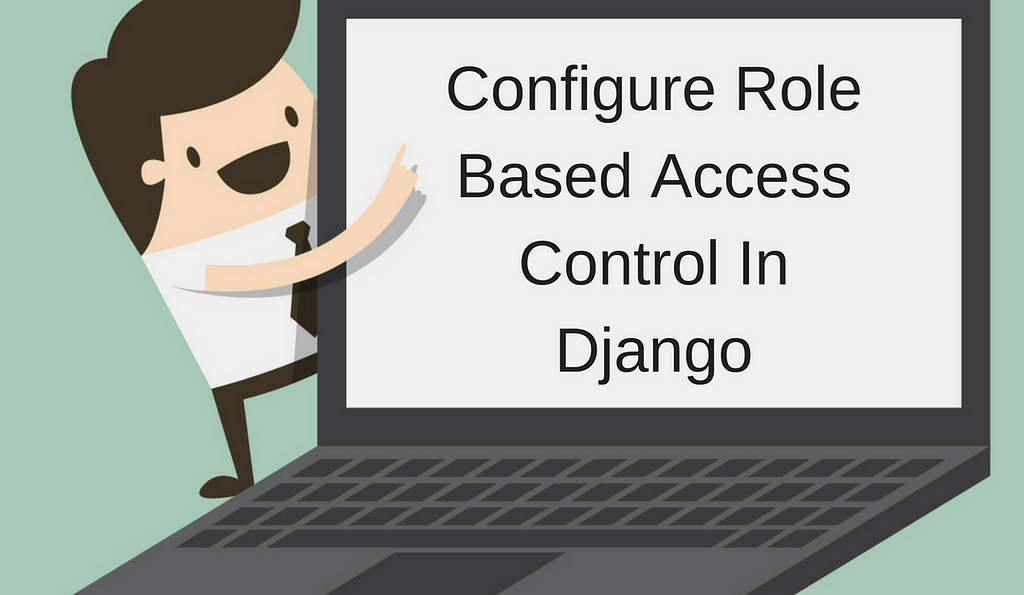Latest news about Bitcoin and all cryptocurrencies. Your daily crypto news habit.
 Role Based Access Control in Django
Role Based Access Control in Django
This model stores the actual users in the system. It has basic fields like username, password, and email. You can extend this class to add more attributes that your application needs. Django user authentication handles the authentication through session and middle-wares.
With every request, Django hooks a request object. Using this, you can get the details of the logged in user through request.user. To achieve role-based access control, use the request.user to authorize user requests to access the information.
Groups: Way of Categorizing Users
These are logical groups of users as required by the system. You can assign permissions and users to these groups. Django provides a basic view in the admin to create these groups and manage the permissions.
The group denotes the “role” of the user in the system. As an “admin”, you may belong to a group called “admin”. As a “support staff”, you would belong to a group called “support”.
Permission: Granular Access Control
The defined groups control access based on the permissions assigned to each group. Django allows you to add, edit, and change permissions for each model by default.
You can use these permissions in the admin view or in your application. For example, if you have a model like ‘Blog’.
Class Blog(models.Model): pub_date = models.DateField() headline = models.CharField(max_length=200) content = models.TextField() author = models.ForeignKey(User)
Class Blog(models.Model):
pub_date = models.DateField()
headline = models.CharField(max_length=200)
content = models.TextField()
author = models.ForeignKey(User)
Each of these models is registered as ContentType in Django. All of the permissions that Django creates underclass Permission will have a reference to this specific ContentType. In this case, the following permissions will be created by default:
add_blog: Any User or group that has this permission can add a new blog. change_blog: Any user or group that has this permission can edit the blog. delete_blog: Any user or group that has this permission can delete a blog.
Adding Custom Permissions
Django default permissions are pretty basic. It may not always meet the requirements of your application. Django allows you to add custom permissions and use them as you need. With a model meta attribute, you can add new permissions:
Class Blog(models.Model): … Class Meta: permissions = ( (“view_blog”, “Can view the blog”), (“can_publish_blog”, “Can publish a blog”), )
Class Blog(models.Model):
(“view_blog”, “Can view the blog”),
(“can_publish_blog”, “Can publish a blog”),
These extra permissions are created along with default permissions when you run manage.py, migrate.
How To Use These Permissions
You can assign permission to a user or a group. For instance, you can give all the permissions to the group “admin”. You can ensure that the “support” group gets only the “change_blog” permission. This way only an admin user can add or delete a blog. You need Role-Based Access control for this kind of permission in your views, templates or APIs.
Views:
To check permissions in a view, use has a _perm method or a decorator. The User object provides the method has_perm(perm, obj=None), where perm is “.” and returns True if the user has the permission.
user.has_perm(‘blog.can_publish_blog”)
You can also use a decorator ‘permission_required(perm, login_url=None, raise_exception=False)’. This decorator also takes permission in the form “.”. Additionally, it also takes a login_url which can be used to pass the URL to your login/error page. If the user does not have the required permission, then he will be redirected to this URL.
from Django.contrib.auth.decorators import permission_required
@permission_required(‘blog.can_publish_blog’, login_url=’/signin/’) def publish_blog(request): …
If you have a class-based view then you can use “PermissionRequiredMixin”. You can pass one or many permissions to the permission_required parameter.
from Django.contrib.auth.mixins import PermissionRequiredMixin
class PublishBlog(PermissionRequiredMixin, View): permission_required =blog.can_publish_blog’
Originally published at hashedin.com on July 17, 2018.
Configure Role Based Access Control In Django was originally published in Hacker Noon on Medium, where people are continuing the conversation by highlighting and responding to this story.
Disclaimer
The views and opinions expressed in this article are solely those of the authors and do not reflect the views of Bitcoin Insider. Every investment and trading move involves risk - this is especially true for cryptocurrencies given their volatility. We strongly advise our readers to conduct their own research when making a decision.
